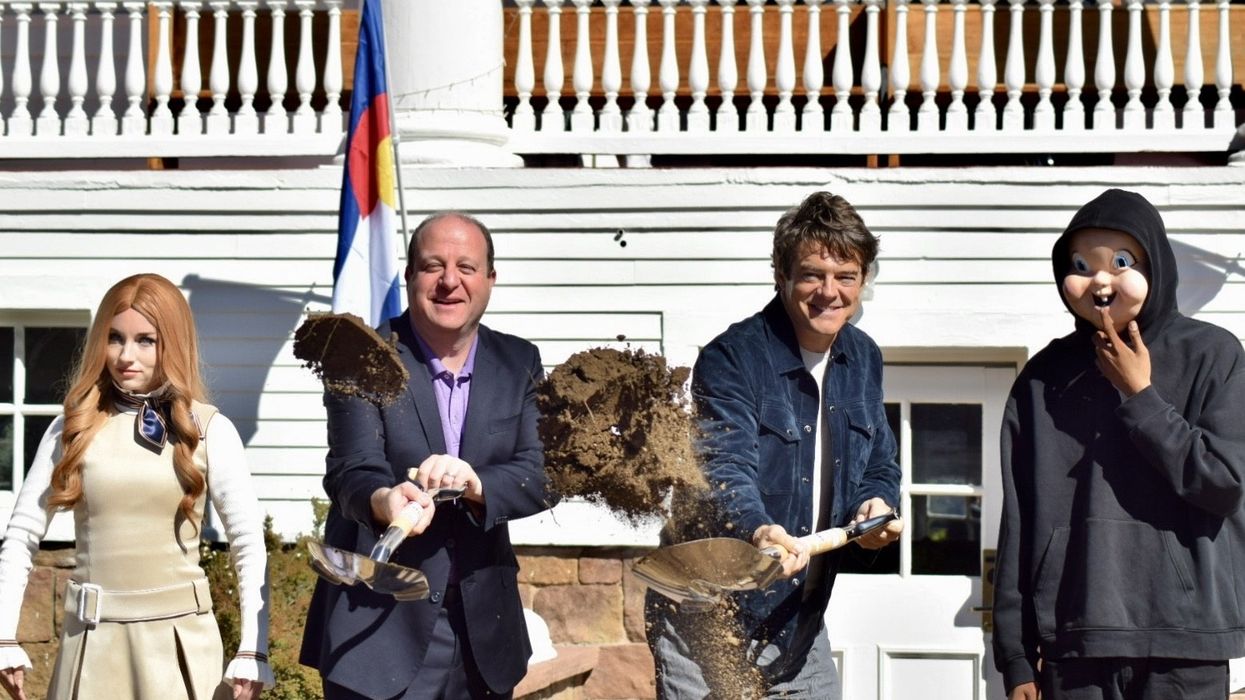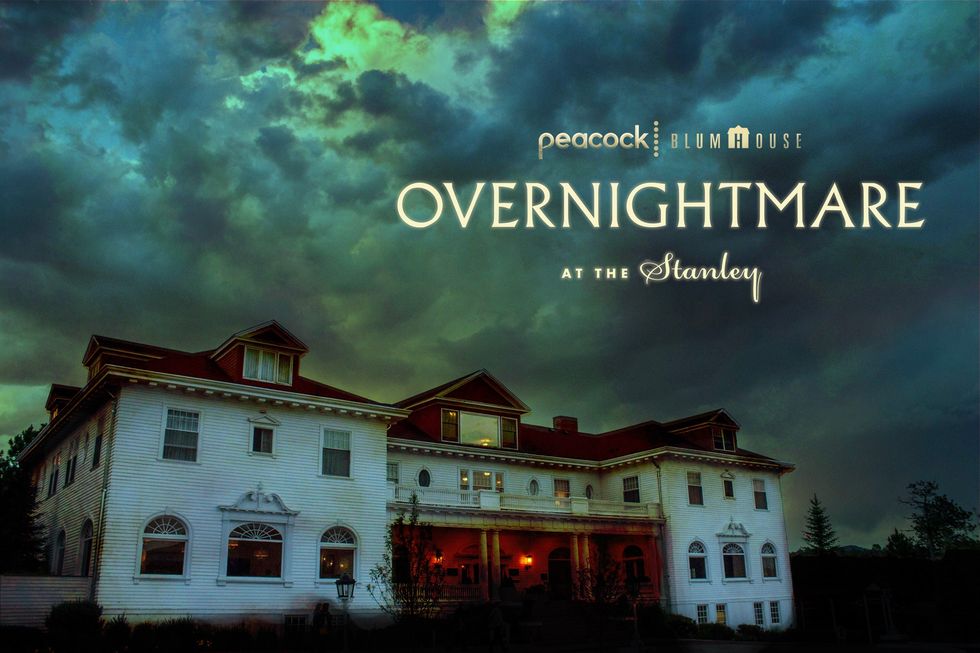Sarner International, the leading experiential design expert, was chosen by the National Library of Wales to redevelop the Grade II-listed South Reading Room at the Wales Broadcast Archive, which is housed inside the library building in Aberystwyth, Wales, UK. The Wales Broadcast Archive is the first national broadcast archive in the UK, giving visitors unique access to a century of Welsh broadcast history with film, video and audio in both Welsh and English.
The brief for the project was to transform the space into a welcoming and inclusive space where guests can discover the archive through digital technologies and interactive activities.
Creating a wow factor
The team at Sarner was asked to design and deliver an interactive experience, with the goal of creating an experience that animates stories and objects in the National Broadcast Archive’s collections in an emotive and informative way and enables people to engage with these collections.
It was important to create a ‘wow’ factor and to inspire curiosity by telling stories for different audiences, with different accessibility needs. In addition, the digital experiences needed to be easy for the visitors to use, since the South Reading Room is not permanently staffed. Finally, the brief required the team to include an element of adaptability in terms of content and layout, as well as offering a flexible area for engagement activities.
Speaking about the solution that the team came up with, Sarner says: "On 13th February 1923 using what was then the very latest in broadcasting technology, the first live Welsh radio broadcast was made from a studio in Cardiff followed by Mostyn Thomas who sang Dafydd y Garreg Wen, the first Welsh language song broadcast on air.
"100 years later we are able to replay these same recordings, once again using the very latest audiovisual technology specified and installed by Sarner to create an exciting new immersive experience showcasing the Wales Broadcast Archive’s collection."
The new attraction's standout feature is a 3D audio experience. The exhibition combines cutting-edge 3D audio technology to transport guests on an immersive voyage using Nous Sonic headphones. It is the first permanent audio installation of its sort in the UK.
Cutting-edge immersive exhibits
Visitors are welcomed to the South Reading Room by a big video wall. The AV system was created to allow Library staff to showcase old material in a variety of ways and to frequently update the content to reflect the stories they wish to display at the moment. Additionally, the video wall was created with the capacity to serve as a presentation tool for guest lecturers or during any school gatherings.
The permanent installation was created to be visually appealing with minimal text, relying instead on audio to tell the story. Visitors choose their preferred language for the audio experience when they pick up their headphones at the entrance. Through immersive sound, the three-dimensional, auditory experience augments the visitors' reality.
The cutting-edge and accurate localisation technology in the headphones recognises a visitor's position to within a few centimetres and automatically plays content suited to that position, using trigger points and head-tracking functionality. As a result, the visitor may easily control the highly immersive, non-linear, and three-dimensional audio experience.
The exhibit emphasises the value of conserving audiovisual heritage and the crucial function of the Wales Broadcast Archive as a record of the country's history. Visitors can learn about the development of transmission in Wales through a 3D broadcasting timeline. The exhibition's patchwork of images and artefacts from many generations come together to create a varied portrait of Welsh culture and society, allowing people today to rediscover myths, legends, traditions, dialects, and a way of life that has changed radically over the past 100 years.
Exploring Welsh broadcast history
Guests then continue through a graphic tunnel environment that conveys a sense of Welsh protests against the decline of the Welsh language, the exploitation of communities through the usage of Welsh land, etc. The use of colour helps to capture the tension present in the footage.
Next, the exhibition's focal point honours many facets of Welsh life, including sport, news, business, leisure, and communities. A rich visual tapestry of life is created using the display system to stack AV displays and graphic pictures on top of one another.
The following zone, Entertainment, is an audio-visual experience that introduces guests to some of Wales' most famous entertainment programmes. These programmes span decades and numerous genres, including soap operas, kids' shows, theatre, and music programmes.
The 1966 Aberfan disaster, the first of its sort to be aired live into people's homes, illustrates the significance of news broadcasts. The Aberfan disaster is depicted through big, emotive projections in an area with low ambient light levels, which is separate from the rest of the exhibition. Personal experiences are also presented.
Meanwhile, visitors can find a diverse selection of video and audio from Wales' most well-known entertainment household names in the "Inspirational Wales" zone. Famous Welsh people who have inspired and continue to inspire people around the world are printed on internal-lit cubes that dangle from the ceiling.
Adaptable spaces and interactives for a younger audience
Some of the Archive's highlights are displayed in a separate Adaptable Exhibition space with the aid of interactive technologies. This includes an audio and video lounge that doubles as a set of slender audiovisual bookcases. This space's flexible style and content design enable seamless exhibition changes to support the Library's events calendar and connect to the Library's other digitised collections.
The Broadcast Archive contains a sizable collection of scripts, and so Sarner recreated a television studio for a Green Screen experience, allowing guests to assume the role of a BBC news presenter. In front of the fully functional green screen set, visitors can make their own breaking news broadcasts by reading some of the original scripts on the autocue or by delivering the weather report live on camera.
The visitors' performance can be filmed and forwarded to them afterwards, or for large school groups taking part in the activity, it can be replayed on the expansive video wall.
In order to make the Broadcast Archive appealing to a younger audience, more entertaining components were added. This included offering a sizable interactive touch table with a number of games and quizzes. The content of the interactive touch table may be quickly updated by library personnel to reflect the topics and stories being presented at the time.
Spatial and interior design strategy
Sarner also supplied a coordinated spatial and interior design strategy for the South Reading Room's functional elements. The primary service is provided by research terminals, which give the general public and scholars unparalleled access to the collection. To establish a multipurpose space, a designated area for volunteer-run clubs and events was created with flexibility in mind. Using brand colours, graphic styling creates a connection between the practical spaces and the permanent exhibition.
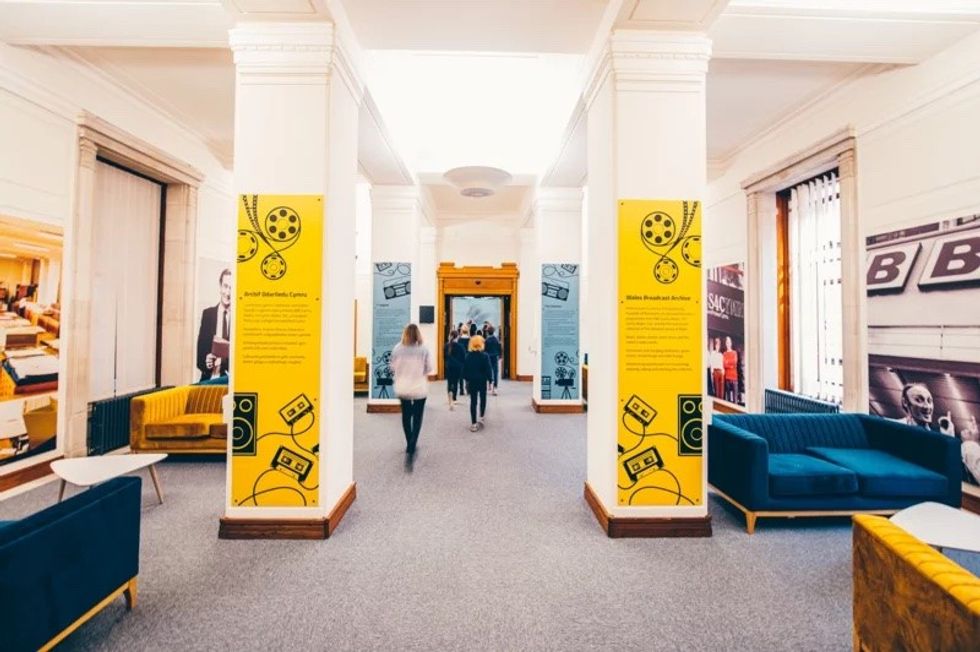
Visitors and researchers have a place to unwind and take advantage of digital access to the Archive's collections thanks to cosy "privacy pods," a Leisure Area, and a Sound Lounge. Users can access the constantly growing collection using tablets housed in totems and on articulated arms close to comfy chairs.
"Our collective audiovisual heritage provides a key to understanding ourselves as a society," says Sarner International. "It provides an additional access route into our past which complements that provided by the written record. After all, archives are witnesses to history. They allow us to see how we lived, how we dressed, how we talked, how we were entertained, and how and when we watched or listened together. They also allow us to reflect and to learn.
"Visiting the Wales Broadcast Archive is an experience full of wonder and surprise – an immersion into a new world."
Sarner International also recently helped transform the Peak Tram experience, one of Hong Kong’s most renowned tourist attractions.
Charlotte Coates is blooloop's editor. She is from Brighton, UK and previously worked as a librarian. She has a strong interest in arts, culture and information and graduated from the University of Sussex with a degree in English Literature. Charlotte can usually be found either with her head in a book or planning her next travel adventure.


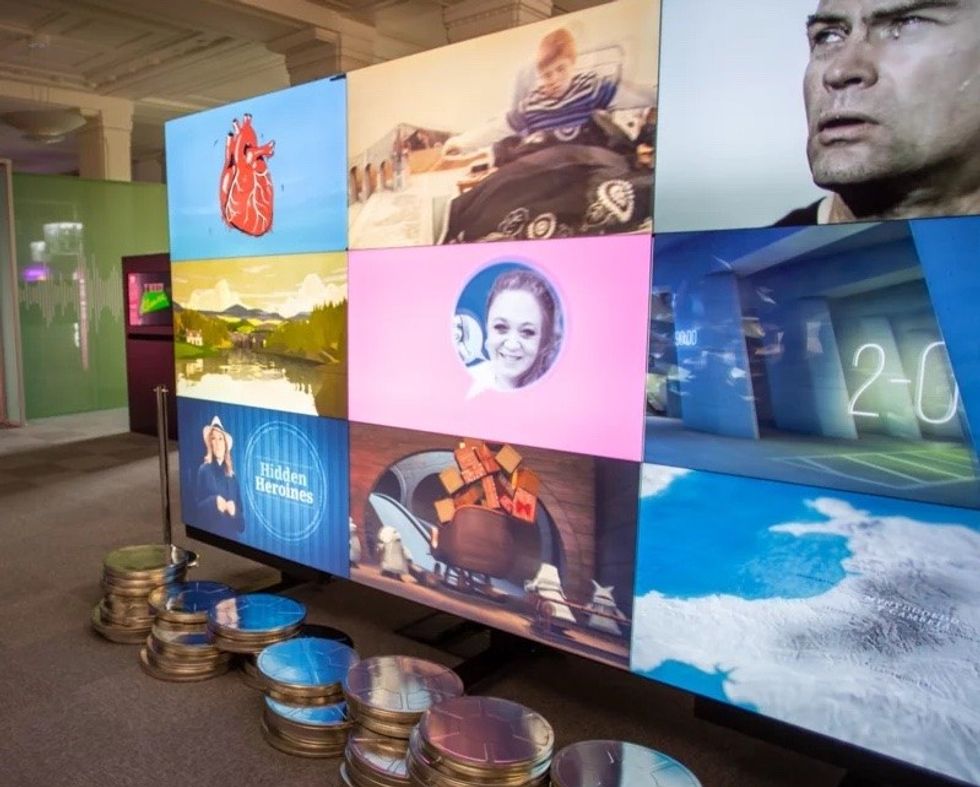
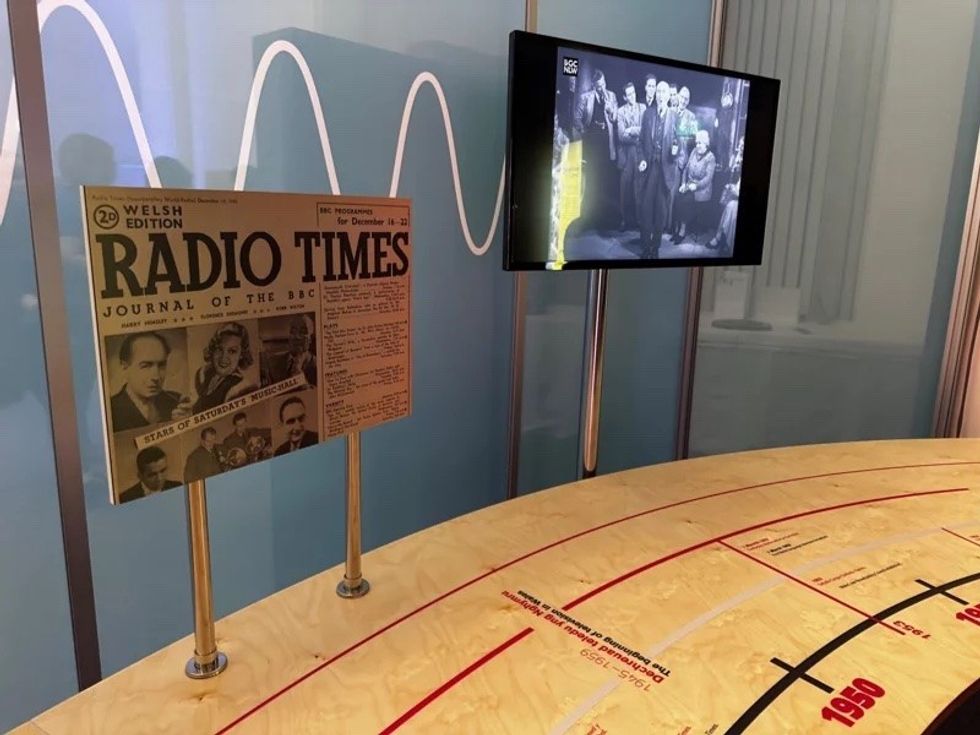
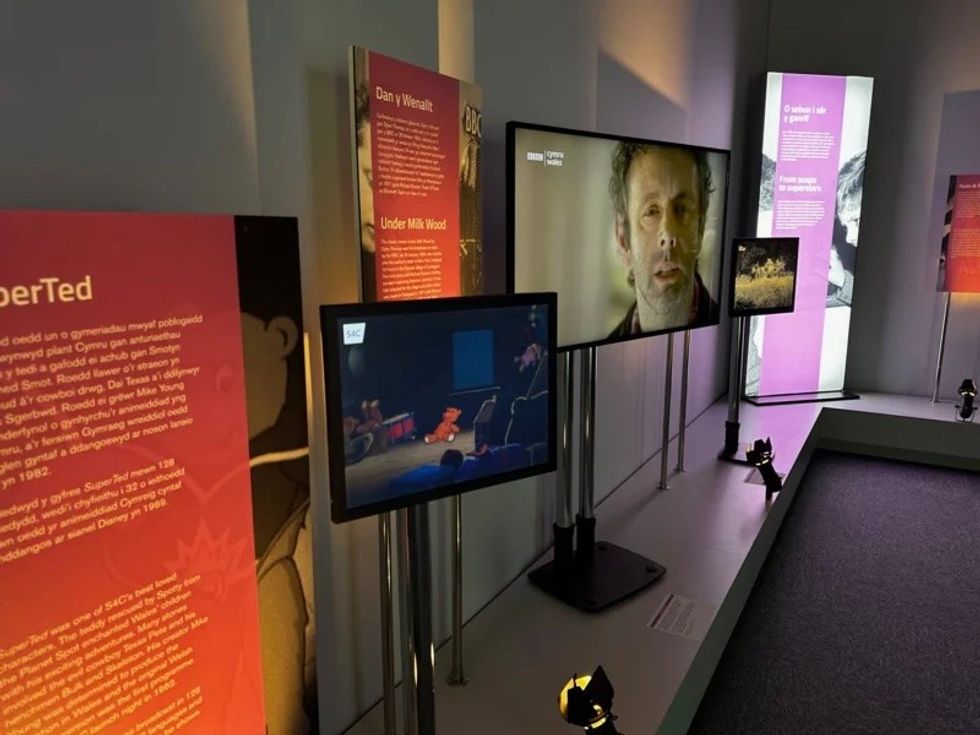



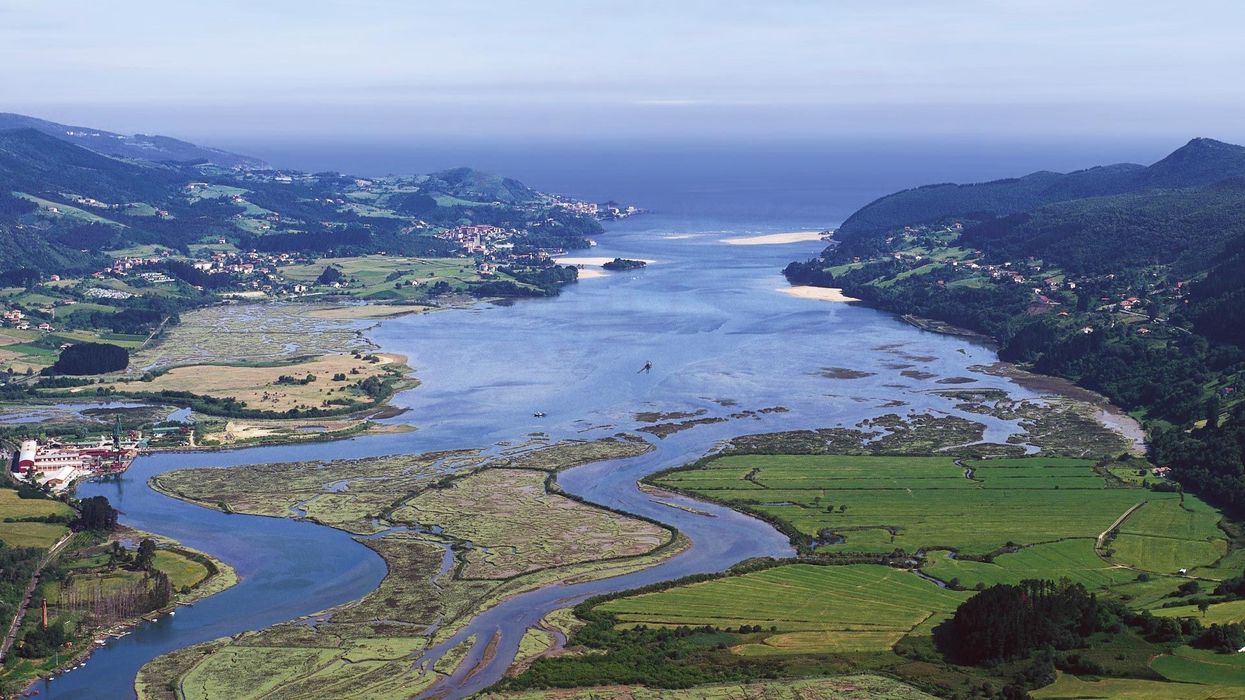
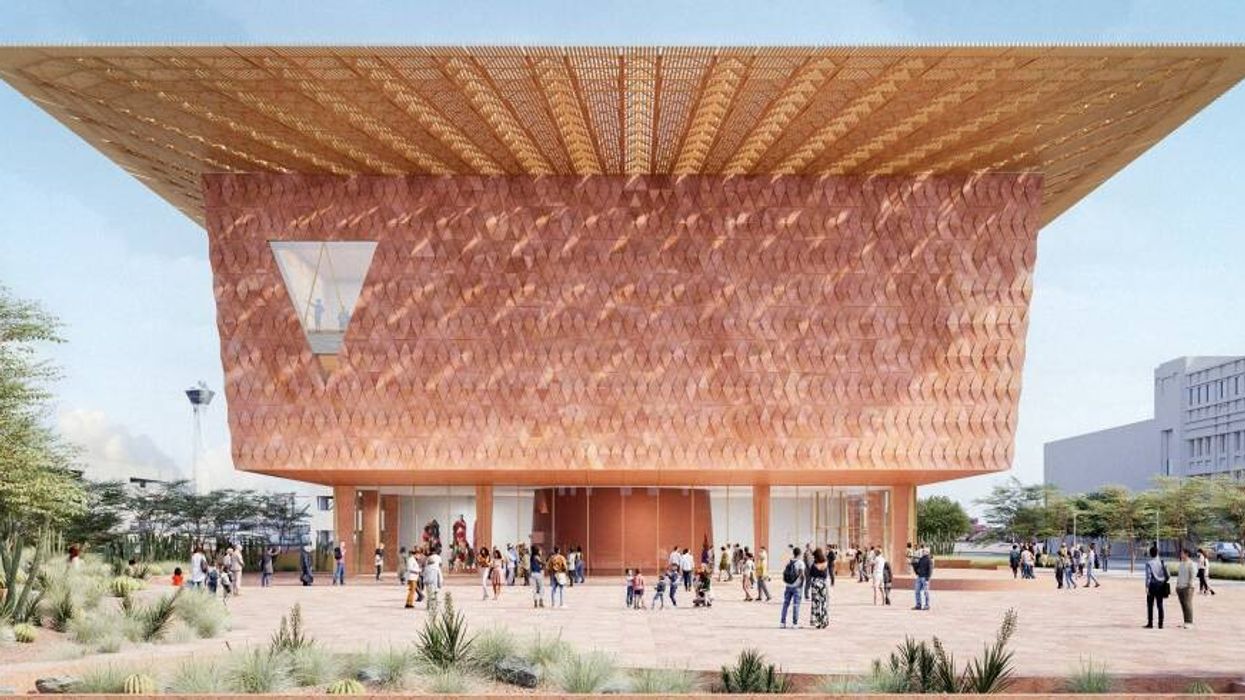

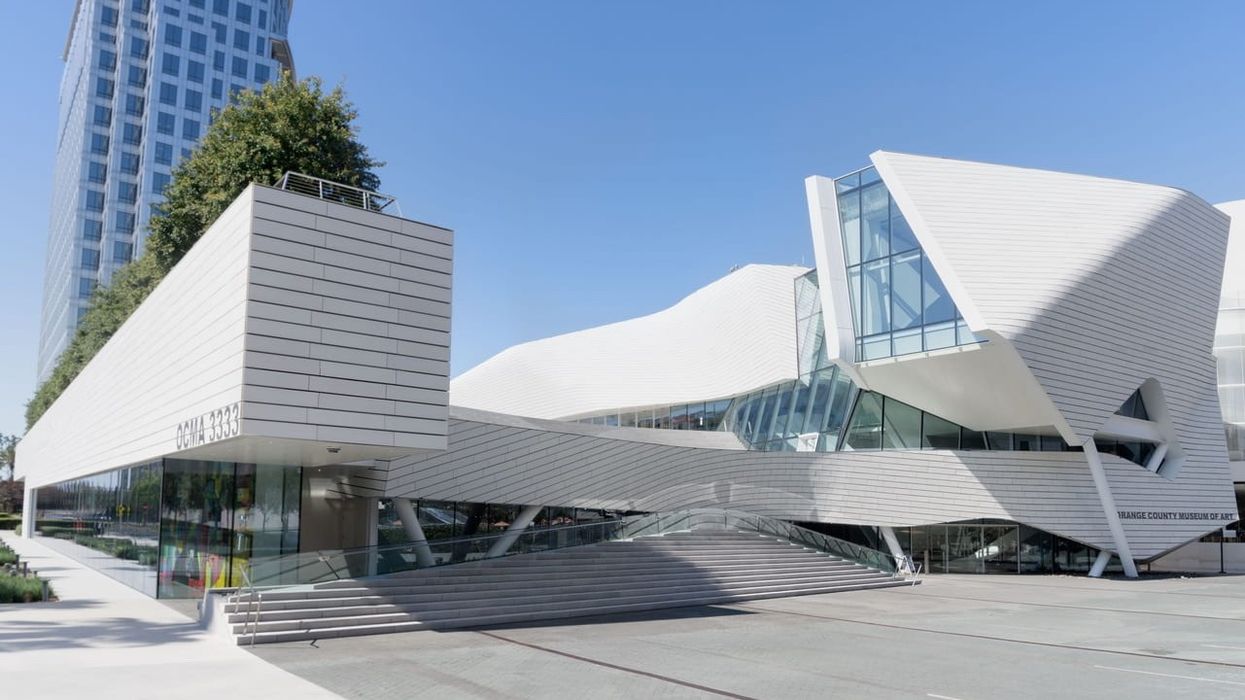






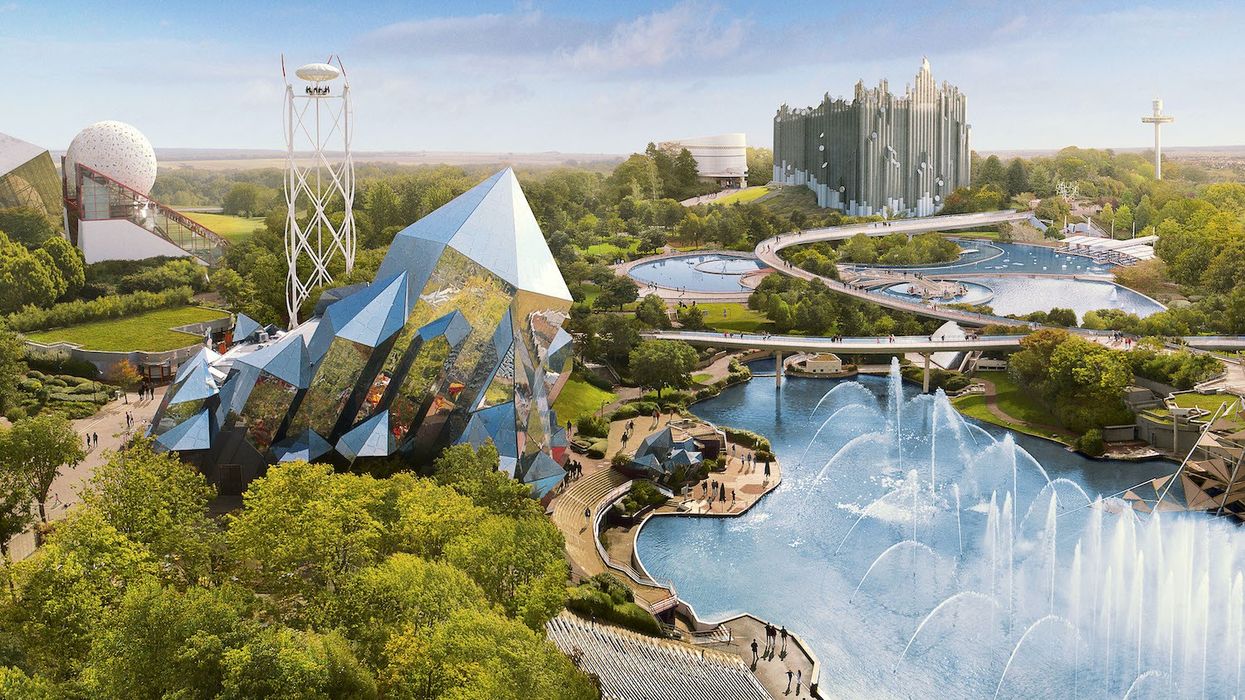

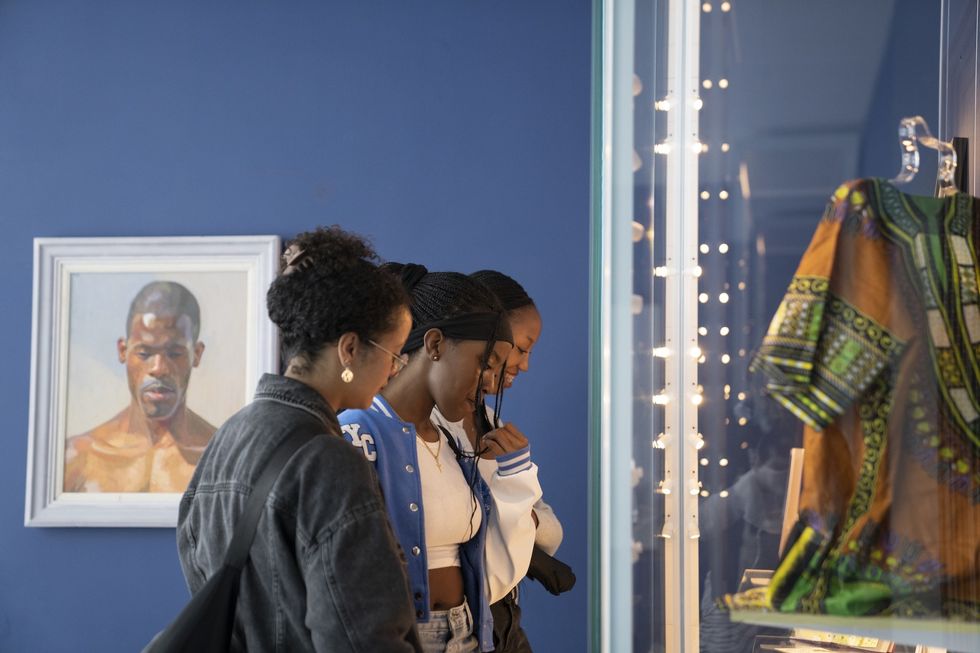
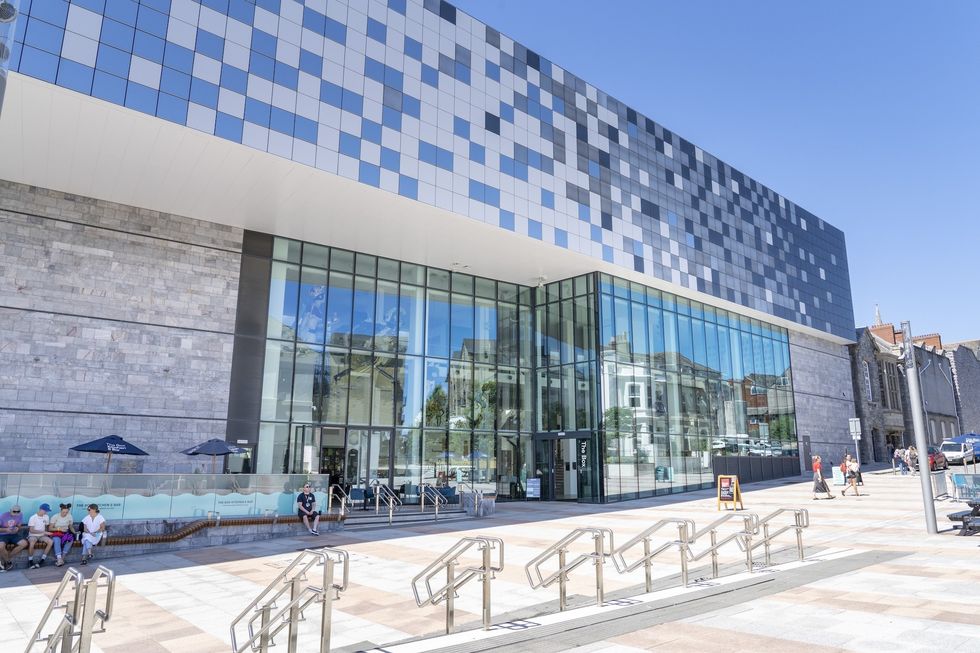

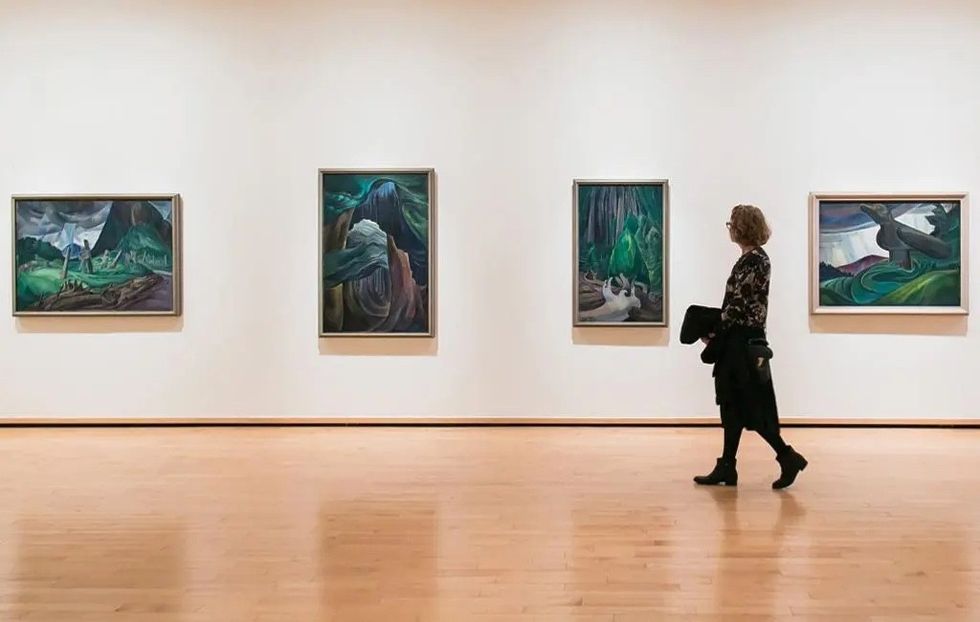
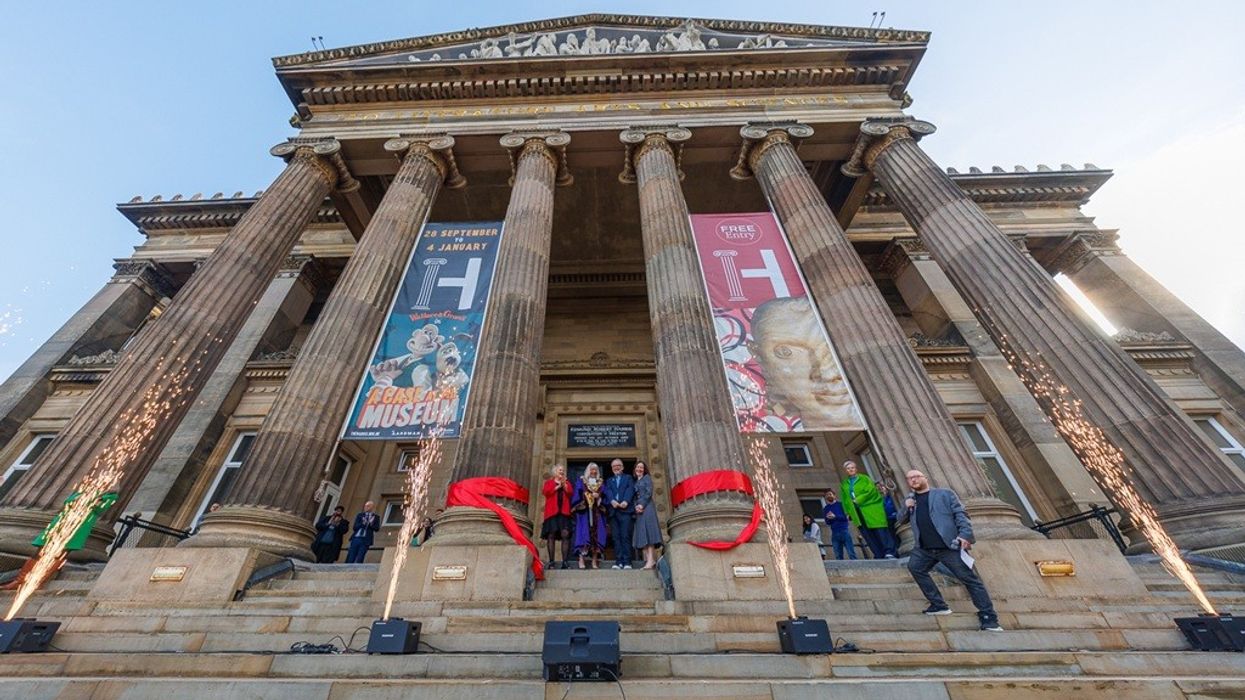
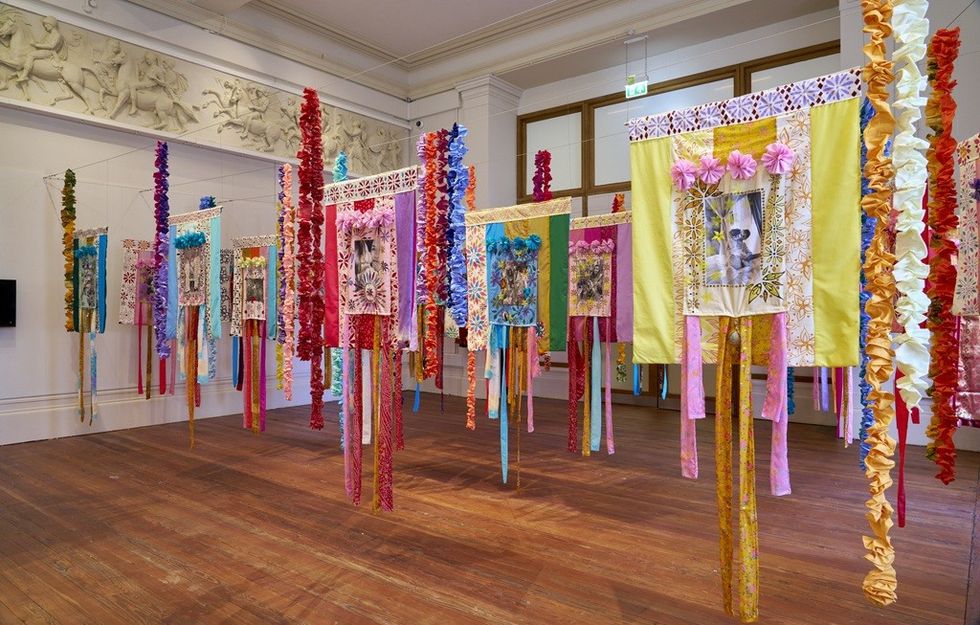 Courtesy Simon Critchley Photography
Courtesy Simon Critchley Photography Courtesy Michael Porter Photography
Courtesy Michael Porter Photography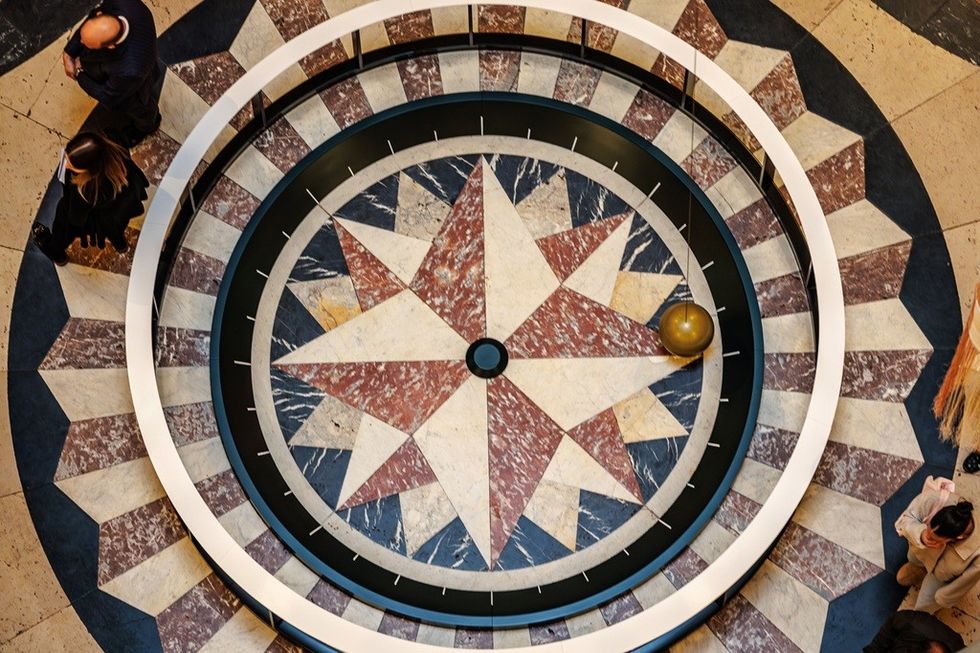 Courtesy Michael Porter Photography
Courtesy Michael Porter Photography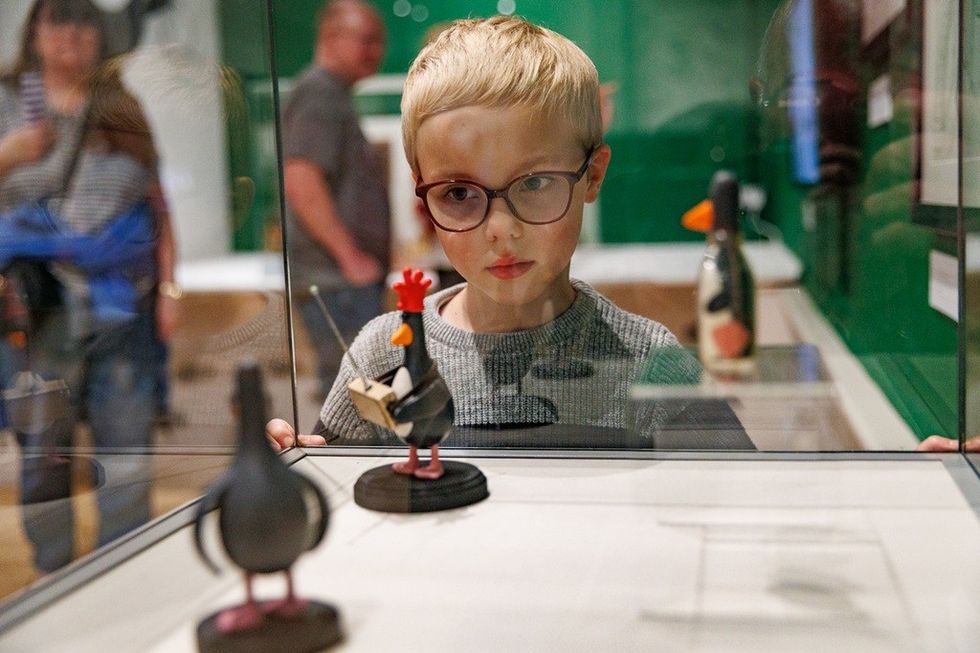 Courtesy Michael Porter Photography
Courtesy Michael Porter Photography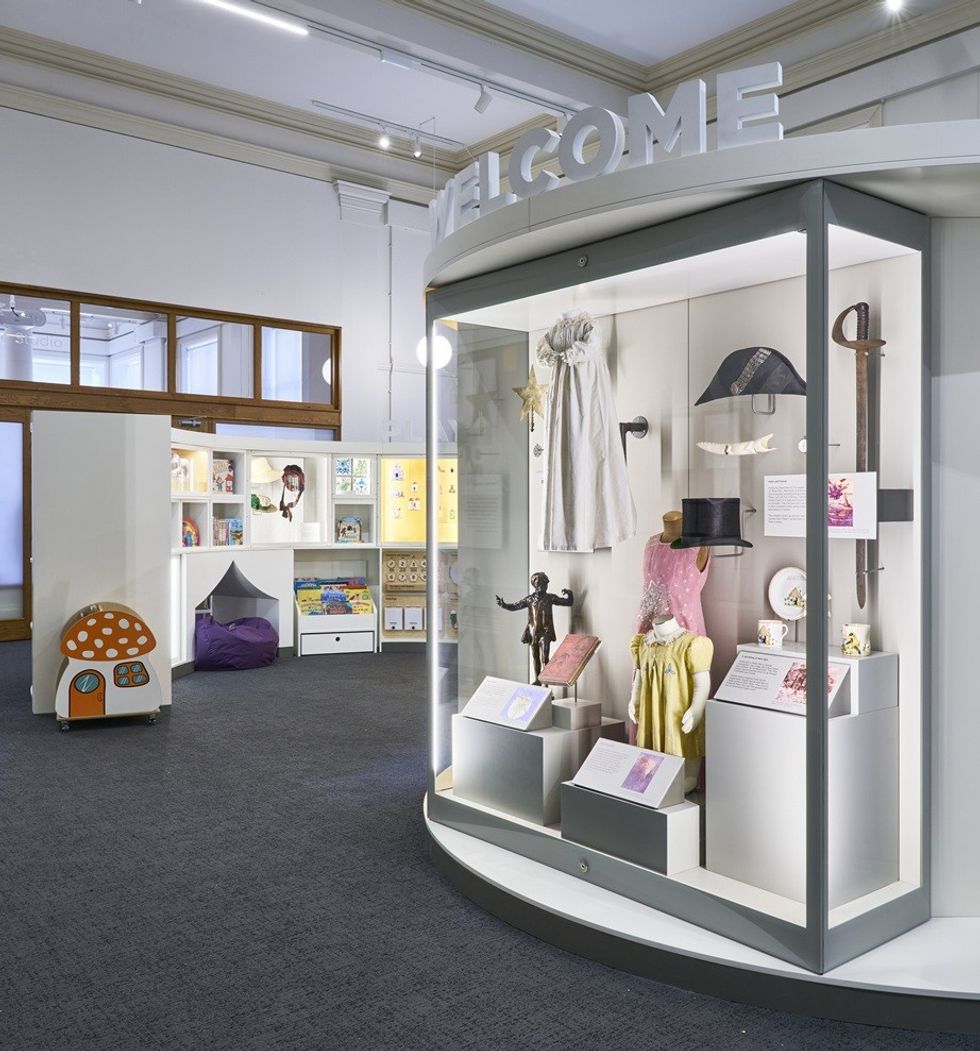 Courtesy Simon Critchley Photography
Courtesy Simon Critchley Photography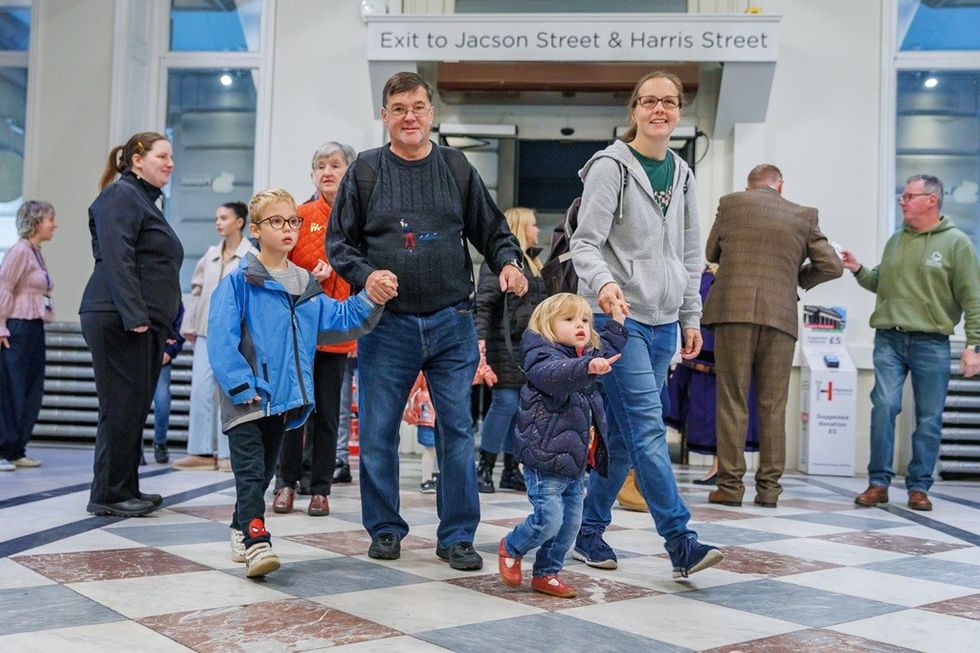 Courtesy Michael Porter Photography
Courtesy Michael Porter Photography